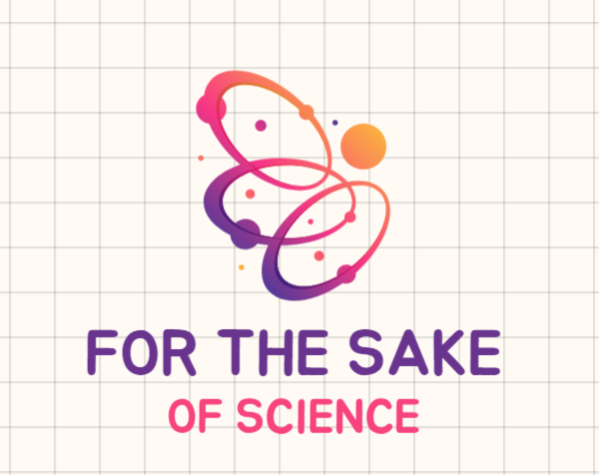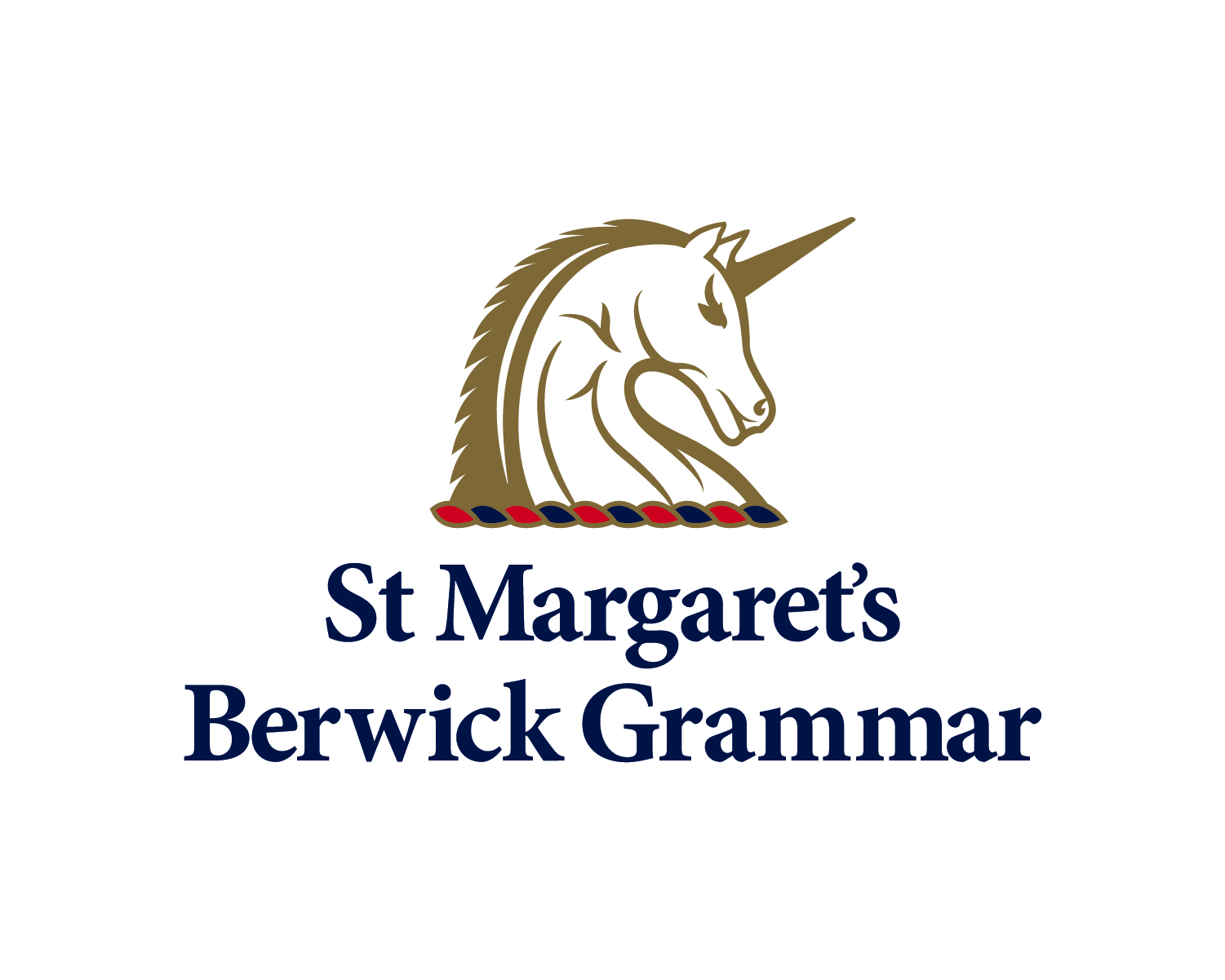
Talking About Strengths
Recently we posted about character strengths as an important tool for positive conversations about who we are and what we have to draw on.
Doing the VIA Character Strengths Survey will give you an idea of which characteristics you draw to the forefront and use most readily. We call these our signature strengths. You usually have an ‘aha’ moment when the survey spits them out for you. For example, as a teacher, love of learning was no real surprise when it turned up in my top four.
Utilising our signature strengths feels comfortable and empowering – it is like knowing exactly which tools in your toolbox you can pull out to fix a complex problem. Now that I know that Perspective is one of my greatest strengths, I trust my instincts more when working through an issue. Also knowing too that Appreciating Beauty and Excellence is very high on my list helps me design down time and recharge around a visit to an art gallery or reading a good book, or even hiking to a spot with a beautiful view. These things will all recharge me. You will learn a lot about yourself in completing the survey.
For adults in children’s lives – whether you be parents, teachers, coaches or another kind of mentor, the signature strengths are another way we can forge stronger relationships. It’s a form of literacy – and if you are both familiar with it you can find new ways to label and verbalise things you appreciate about each other, and strengths you think a young person could use to handle a situation.
In conversation, discuss your own strengths and your targets with your young person. Model the kind of thoughtfulness we would like to see in them. Find natural ways to talk about your targeted strengths, or how you’ve utilised a signature strength.
Then, move the attention to them. Tell them when you notice something that connects to a strength, especially if that is one of their signature strengths. Appreciate a strength if they use it (even if it isn’t a signature strength – remember we have them all).
Some young people struggle with a lack of success in areas they perceive as important – in the academic realm or on the sporting field for example. But an even more important avenue of endeavour is that of character. These strengths can be a way to show them that success – the wonderful qualities they already bring readily to the forefront.
Continue to build character-literacy by identifying the character strengths of characters in books, movies and TV shows that they enjoy. You might perhaps predict that a signature strength of Anna from Frozen is Bravery. You might suggest that Hermione Granger of the Harry Potter books and I share a signature strength in Love of Learning. Who are the characters your family admire and why? What strengths do they demonstrate so well?
In the classroom, there are a plethora of opportunities to continue this learning. Scientific discoveries may have occurred because of particular character strengths utilised by the scientist. Historical figures may have made a difference because of exceptional use of character strengths. Wherever there are stories of people, we can create discussion of character strengths. AND – it can improve learning. These are ideas students can connect with. They might see a connection to their own signature strengths, or to strengths they would like to develop.
As we become more familiar with the vocabulary, we can help students to see that they have the skills and qualities already to solve challenges placed before them. They simply have to draw on the right character strength.
Photo by Guduru Ajay bhargav






